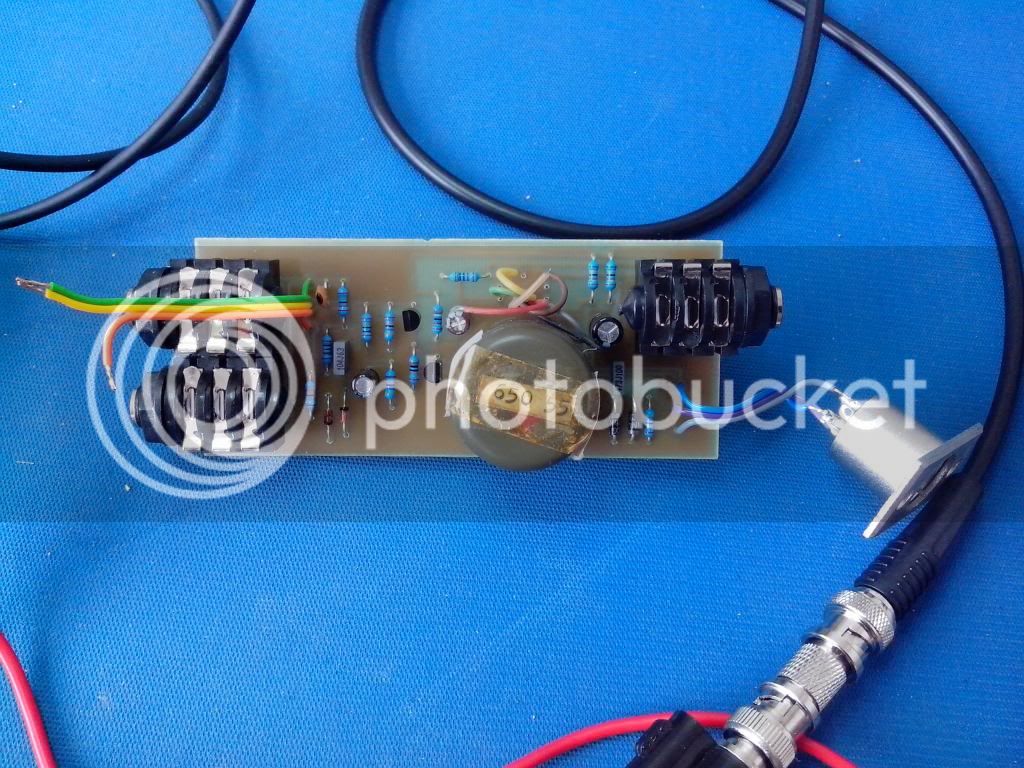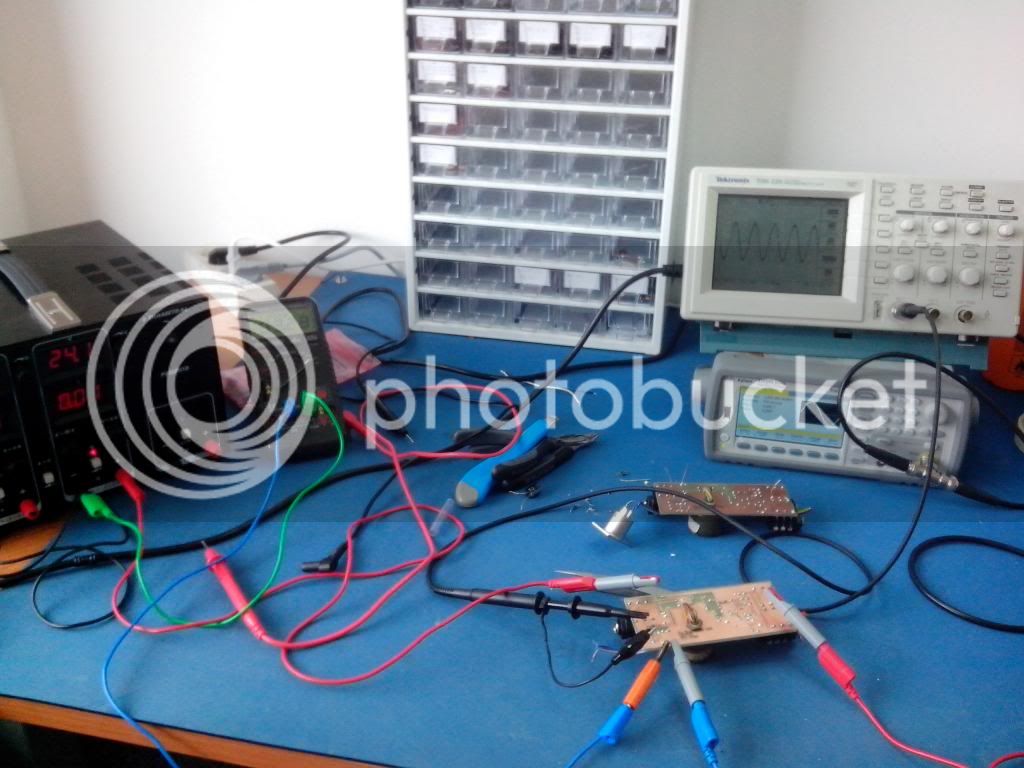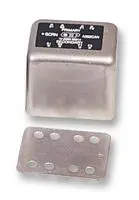Bo Hansen
Well-known member
Somorastik,
If the DI-box electronics is working ok, it shall only draw 3,5 ma from 24 volt supply.
So I think you have some problem with your construction.
If you not feed the voltage supply from phantom power, you shall connect a regulated 24 v dc voltage in this point there the two 6,8 k resistors is connected together.
(dissconnect the two resistors if you not use phantom power)
--Bo
If the DI-box electronics is working ok, it shall only draw 3,5 ma from 24 volt supply.
So I think you have some problem with your construction.
If you not feed the voltage supply from phantom power, you shall connect a regulated 24 v dc voltage in this point there the two 6,8 k resistors is connected together.
(dissconnect the two resistors if you not use phantom power)
--Bo







